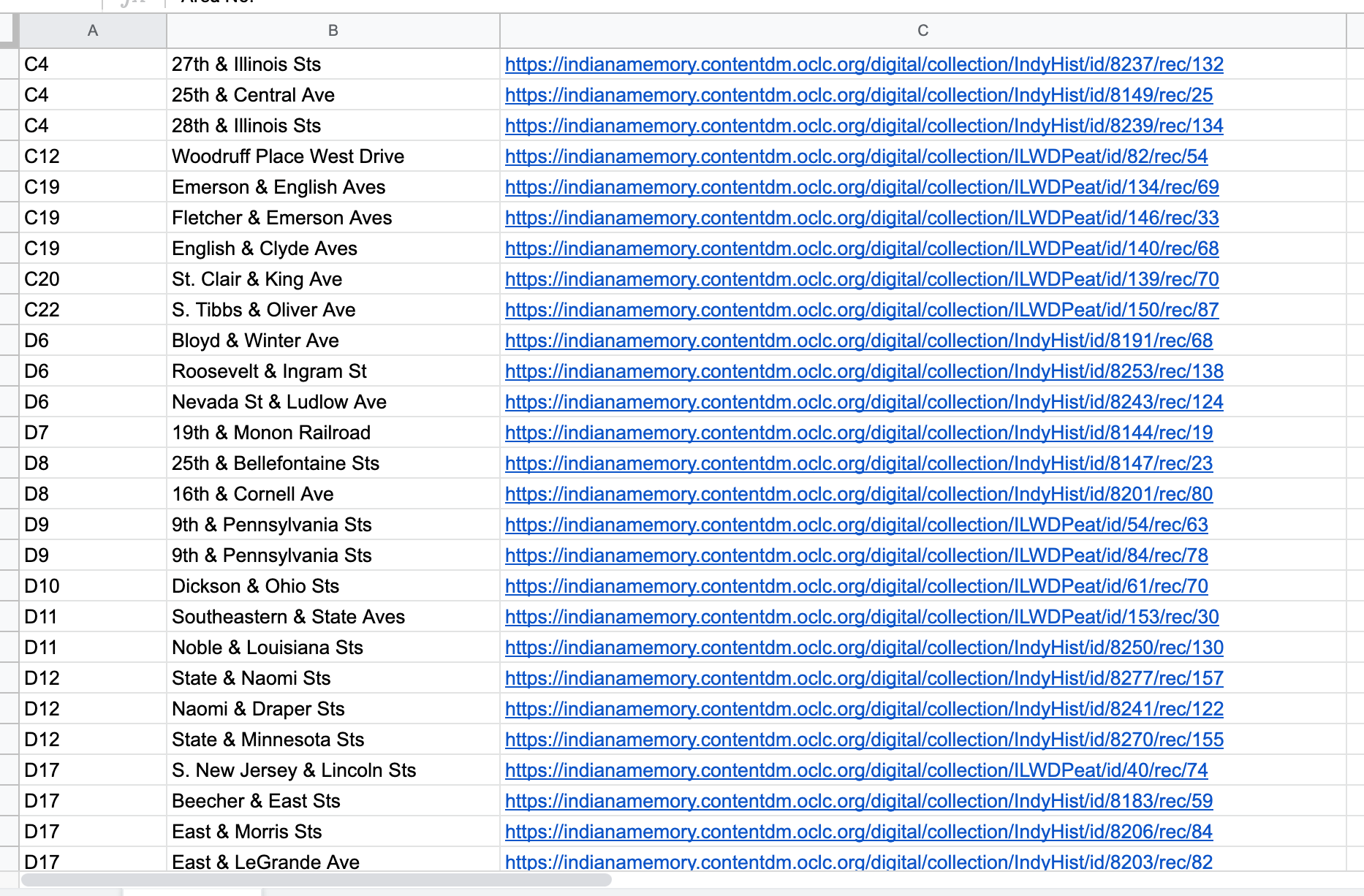Redlining Fellowship Update
One of my most exciting research projects this year was working on a research fellowship on behalf of the Indiana Humanities' Wilma Gibbs Moore Fellowship series. My project, "A Judgment Call: Indianapolis, Redlining, & Unjust Legacies," aimed to explore the data and reasoning that went into how neighborhoods/districts were evaluated, or redlined, for Indianapolis (well, for the 1937 city boundaries). My hope is that through this insight, housing and community advocates can draw some connections today to make the work more meaningful and certainly more equitable. I hope we can make more connections within these layers of disinvestment, enacted by numerous policies on the local, state, and federal levels - and how we can track these layers to many of the infrastructure, development, assessment, and resource issues we face today. My research fellowship covered 5 areas: An analysis of the Federal Housing Administration's Underwriters Manual - understanding evaluation metrics and standards, coded language, and breaking down assumptions about property values and residentsAn understanding of the demographic data - using 1930 and 1940 census data along with demographic data in the Area Description Forms, considering high minority population districts and their histories over timeVisual analysis of Residential Architecture - building a dataset based on residential architectural photographs taken between 1930-1939 in areas evaluated to compare the A and B evaluations with C and D districtsAn analysis of information provided in the Area Description Forms - transforming data in these forms to follow trends that may be missed on more casual readings of the formsA historiography revision - looking to recent and overlooked research to better explain the nuances between which institutions participated in redlining and which institutions left relevant documentation behind
Make it stand out
Here's my visual analysis list of photos. Note - I’m only providing the digital collection link, please check the metadata for copyright info. Most of these items are in copyright and need permissions, depending on how you may want to use them.
Make it stand out
Here is my Area Description Form data set.
Note - This is not a complete list of data provided in the forms. Stay tuned as I hope to update the sheet.
So what did I learn? I learned that a significant concentration of black households in a district automatically got the district demoted to the D rating. I learned that housing age was the most important factor in devaluing housing stock, even though in many cases, the houses were in fine condition; particularly when considering the historic preservation movement and the state of many historic structures we've saved locally. In addition, it appears that early zoning practices and methodologies played a role with these evaluations - particularly in proximity to the downtown core, to railroad tracks and industrial areas, to areas prone to flooding, and to traditional neighborhood institutions, such as churches and schools. It is interesting to see how the beginning of professionalized zoning standards played a role in these ratings. Seeing how housing typologies such as duplexes, triplexes, apartment units, etc. were devalued compared to the single-family home was of particular interest as we currently are in a national dialogue on "missing middle" housing typologies that can help alleviate some of our housing problems today. Make it stand out


